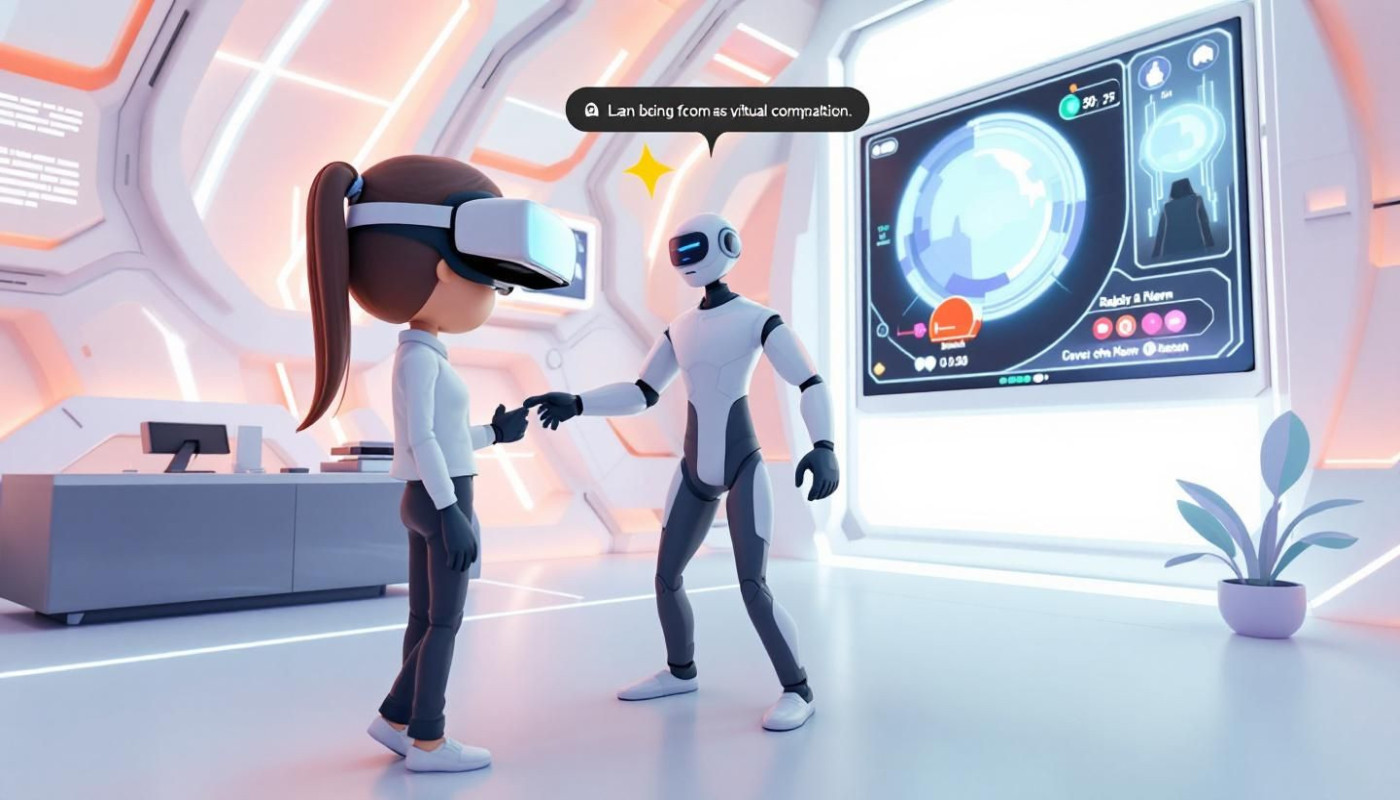Table of contents
The rapidly advancing digital era brings about a transformation in every aspect of human life and education is no exception. The advent of Virtual Reality (VR) has opened doors to limitless possibilities, helping us reimagine the way we teach and learn. This immersive technology holds great potential for enhancing the educational experience by making learning more engaging, interactive and fun. Isn't it fascinating how VR can create an environment where students are not just passive recipients but active participants? Let's delve into a comprehensive exploration of how VR aids in enriching the education sector.
Revamping Traditional Learning Methods with VR
Traditional learning methods, while tried and true, may sometimes fall short in sparking student enthusiasm. A potential reason could be the absence of interactive elements and visual engagement, which are vital components in sustained learning. One way to address this is by incorporating virtual reality into classroom instruction. Often considered an immersive technology, virtual reality can transform static, text-based lessons into vibrant, interactive experiences, hence redefining the landscape of education. Through its unique ability to simulate real-world environments, this groundbreaking technology can make complex concepts more understandable and intriguing. This fusion of interactive education with visual engagement has the potential to enliven the teaching process, thereby helping students grasp the material more effectively. As a result, the conventional pedagogical approach could be greatly enhanced, making education not just a process of acquiring knowledge, but an exciting journey of discovery. In short, the integration of virtual reality into traditional learning methods could be a game-changer in making learning not just necessary, but fun again.
Making Complex Concepts Easier To Understand
The power of virtual reality lies in its capacity to transform 'complex concepts' into comprehensible 'graphical representation'. This unique feature of VR technology significantly contributes to 'aiding understanding' and enhancing memory retention in students. For instance, the study of 'human anatomy' typically involves the intricate process of understanding various body systems and their interrelationships. Through VR, students can interact with 3D models of the human body, delve into each system, and observe their functions in real-time, thereby making the learning process less daunting and more interactive.
In the same vein, the concept of 'exploring space', which was once restricted to textbooks and two-dimensional images, can now be experienced firsthand using VR. Learners can virtually traverse galaxies, interact with celestial bodies, and comprehend spatial relationships without leaving the classroom. This method of learning enhances spatial visualization, a technical term referring to the ability to understand and remember the spatial relations among objects. Thus, VR technology, by offering a unique blend of immersion and interaction, turns the typically complex process of learning into a fun, engaging, and effective experience.
Raising Engagement Levels through Interactive Learning Sessions
Interactive lessons, brought to life by Virtual Reality (VR), have the power to significantly boost student involvement, thereby leading to increased participation in the educational process. This immersive technology gives students the chance to explore, play, and learn simultaneously, enabling them to better understand and internalize complex subject matter in an engaging and intuitive manner. This inevitably leads to improved comprehension skills, as students are not merely passive recipients of information, but active participants in the learning journey.
Furthermore, the use of VR in the classroom has proven to effectively tackle the issue of dwindling attention spans and increased distractions. The immersive nature of VR encourages students to fully engage with the content, reducing extraneous distractions and promoting a deeper focus on the learning material. This heightened engagement not only enhances academic performance, but also results in more favourable learning outcomes overall. Thus, the integration of VR into education is not merely a technological advancement, but a powerful tool to make learning more effective and enjoyable.
Similar articles

The Emergence of Holography in Modern Communication

Exploring the Future of Wearable Tech in Healthcare

